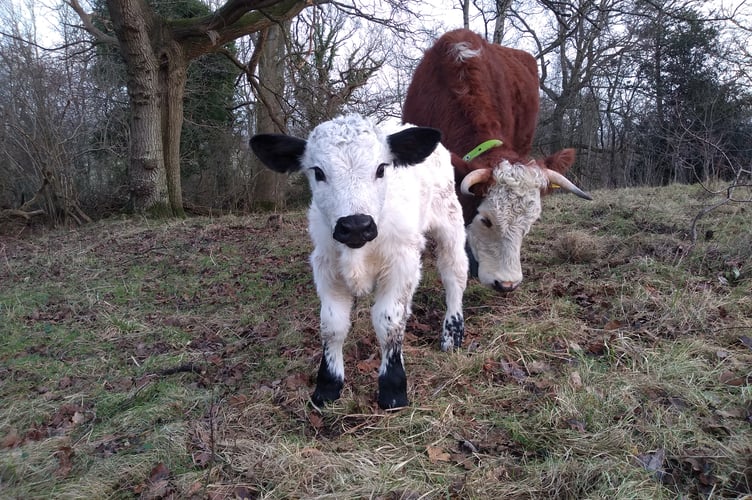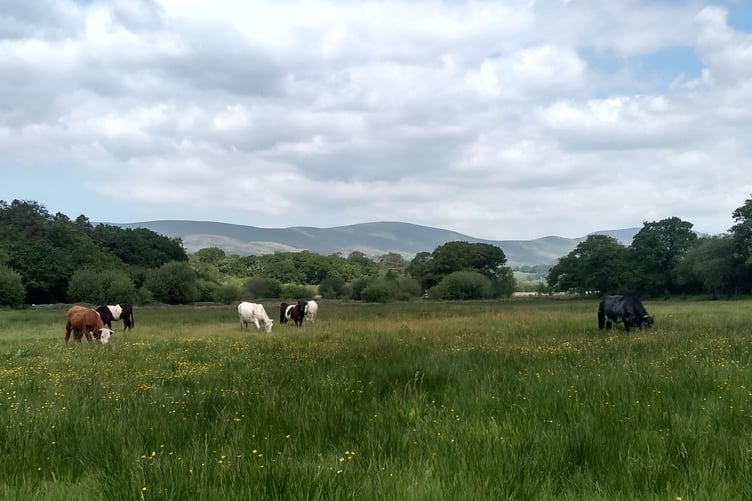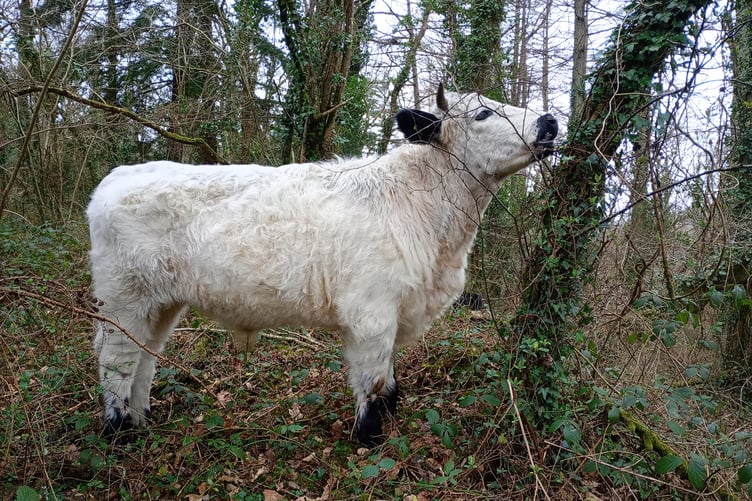The Rare Breeds Survival Trust (RBST) has recognised them as one of the UK's breeds most in need of urgent support for continued survival.
With only 300 registered purebred left, a recent decline in registered births, small population size and narrow geographic concentration, RBST will now work to conserve the rare breed.
A herd of these ancient cattle recently took up post at RSPB Ynyshir nature reserve, where they are perfectly suited to conservation grazing, supporting the return of European Pied Flycatchers thanks to their clearing of dominant vegetation.
Helen Upson, the grazier who manages the Ynyshir herd, has been working to gain recognition for the breed since she first discovered them for her conservation grazing work.

Upson, vice-chair of Ancient Cattle of Wales Society (ACWS), said: “They’re a really rare breed were trying to save.
“We want to demonstrate how good they are for jobs like this and as productive animals as well.
“[This recognition] is a massive step forwards in efforts to save the breed.
“If your readers have Ancient Cattle of Wales and aren’t in touch with our breed society, please get in touch.”
The striking cows were known to be popular in the 10th century for their hardy nature for upland grazing but numbers dwindled with recent well-established herds being disbanded after their owners retired.
RBST Chief Executive Christopher Price said: “The Ancient Cattle of Wales is a valuable breed for today’s farming needs, as well as for its irreplaceable heritage value.
“The breed is excellent for conservation grazing that supports the environment and biodiversity, and it is a good economical beef breed in hill and upland situations.
“However the breed is in a grave situation right now, but RBST is looking forward to working with the ACWS to secure a more stable situation.
“Ultimately, we want to see the breed thriving again: these hardy cattle can make a key contribution in the UK’s future farming, where food production goes hand in hand with the environment.”

A cousin to the famous Welsh Black, these cattle are distinctive in their six colour varieties with large ears and soft, thick hair, appearing in white with black or red spots, belted, red, blue, mouse coloured or with a lined back.
Upson was put onto the breed after meeting a farmer who challenged her to use Welsh cows for her conservation grazing work instead of her intended Scottish Highland Cattle: “I needed them to be self sufficient, tough for the weather and rough terrain.
“They needed to find their own water, food, eating not just grass but other species.
“They also needed to be calm and steady for the public who visit the reserve.
“It’s been a roaring success.”
They are also an “excellent beef animal” according to RBST - Upson agrees their habit of eating a varied diet “helps the quality of beef” - her meat is available annually.





Comments
This article has no comments yet. Be the first to leave a comment.